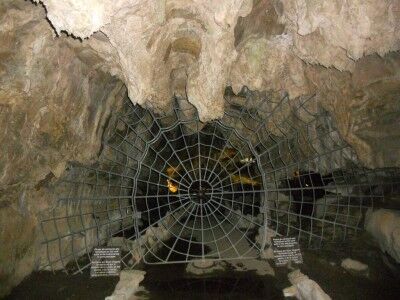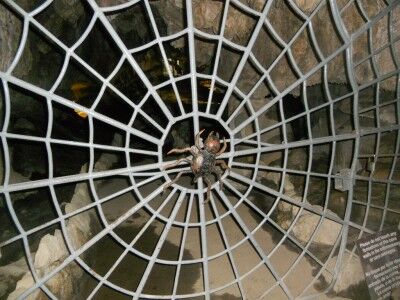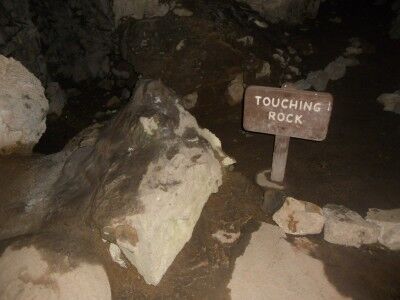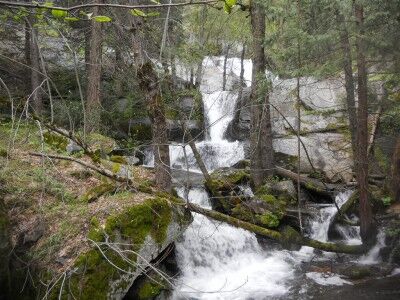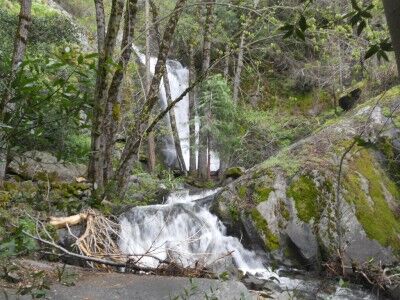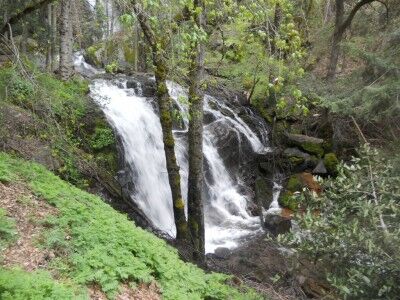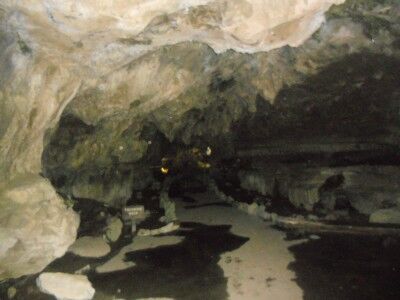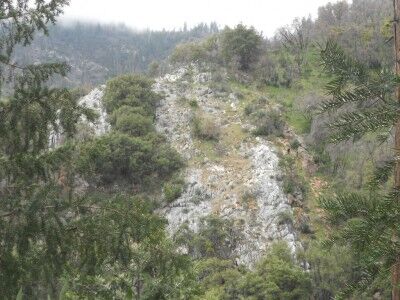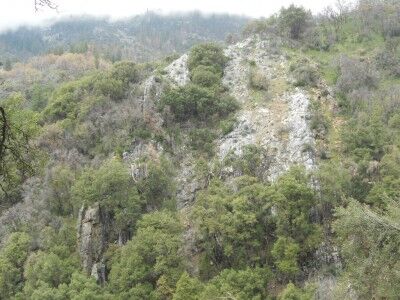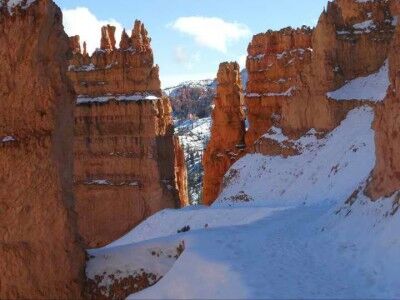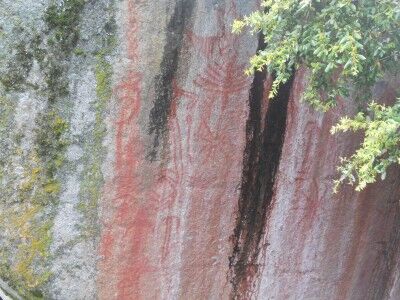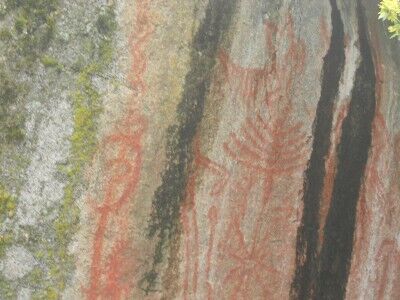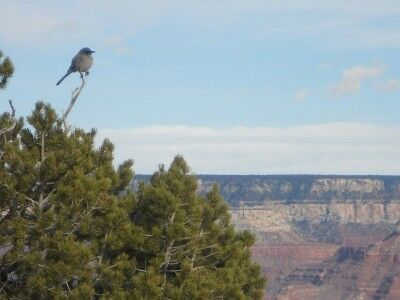The unsung heroes of the National Parks system are the many volunteers. Last year volunteers served over 70,000 hours at Mount Rainier National Park (WA) which would have been the equivalent of Mount Rainier hiring an additional 170 seasonal workers. In fact, for every National Park staff member working, there are 7 volunteers also putting in hours to improve our National Parks. This is a short video that shows the impact that volunteers have in the National Park system:
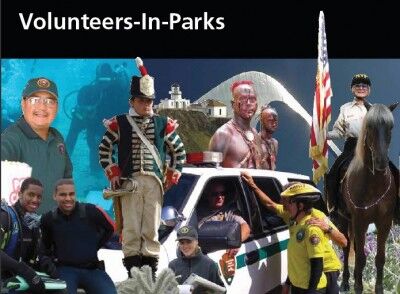
If you have extra time, there are a lot of parks within the National parks system that could use your help. You can find out all the information you need to volunteer at the National Park Service Volunteer page. You can also follow the National Park Volunteers network on twitter and facebook. Also be sure to take a minute to thank the volunteers you meet at the National Parks for all the work that they do.

